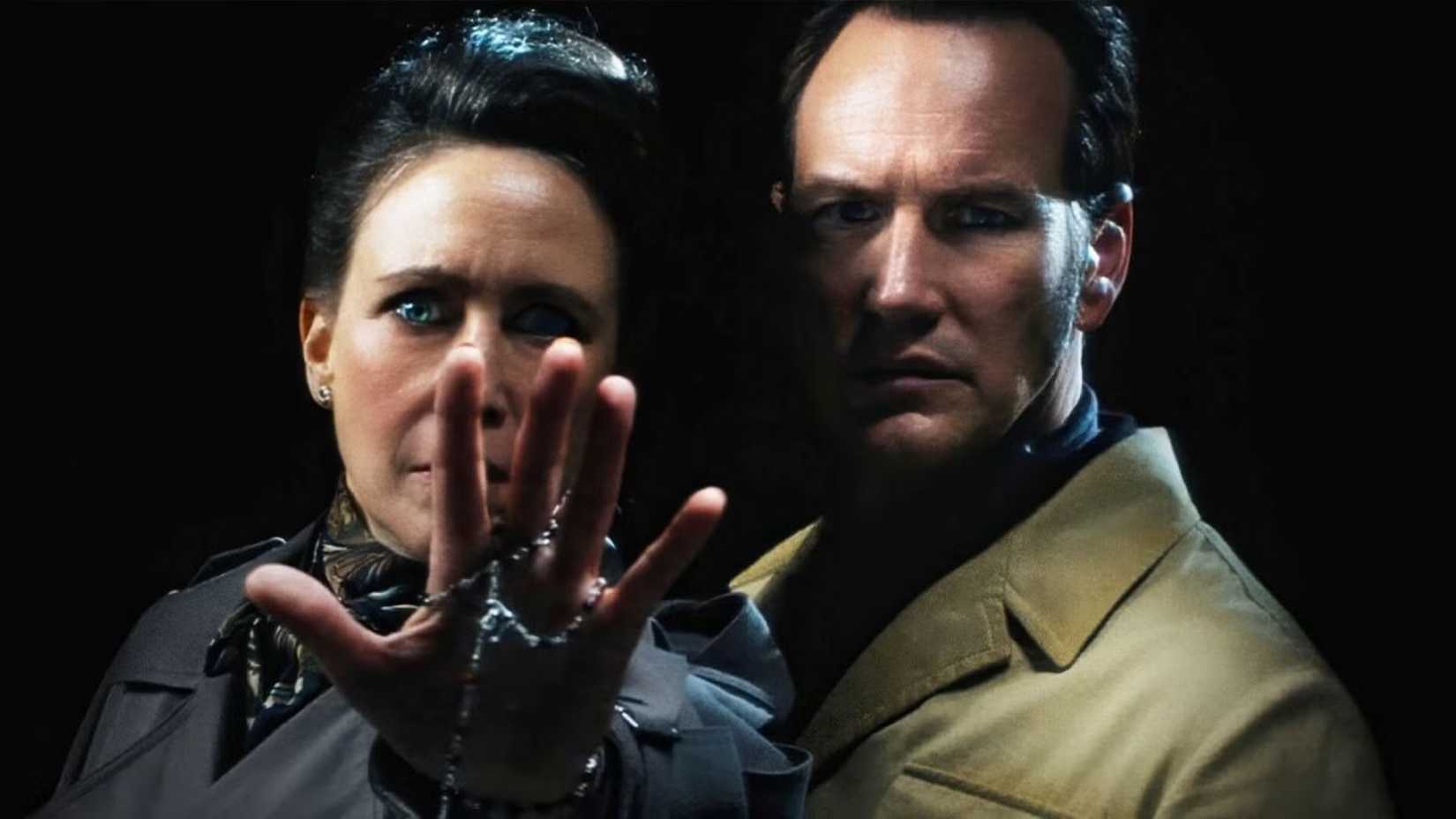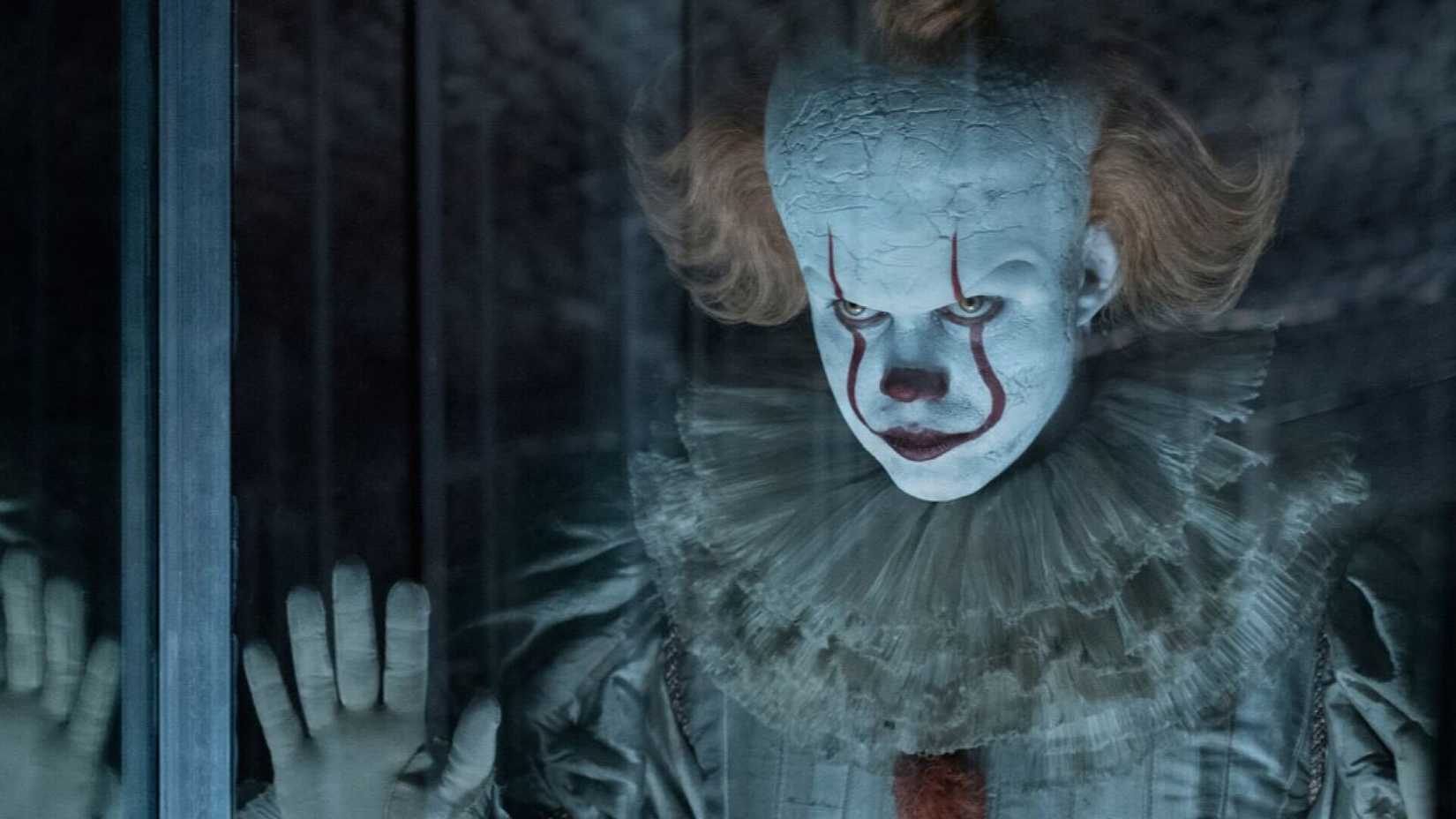Despite the news that The Conjuring Universe was coming to an end, it was announced that a spin-off series was being developed for HBO. The same week, news broke that A24 was developing a Texas Chainsaw Massacre television series. Meanwhile, one of the buzziest shows of 2025 is Alien: Earth, the first time the Xenomorphs have led a small-screen series. Peacock is also developing a Friday the 13th prequel titled Crystal Lake. With the upcoming release of It: Welcome to Derry, several major cinematic horror franchises are now migrating to television, particularly streaming platforms.
This is very similar to how Disney went all-in on television shows based on Marvel Comics and Star Wars. This strategy initially succeeded, with WandaVision and The Mandalorian earning critical acclaim, strong audience approval, and high-profile Emmy nominations. However, some critics argue that the proliferation of MCU and Star Wars television series has diluted the impact of their films, a trend reflected in the underperformance at the box office of movies like The Marvels, Captain America: Brave New World, and Thunderbolts, which were tied to streaming series. Will moving these iconic horror franchises to television, regardless of their reception, diminish their cinematic prestige? Or does horror possess a built-in resilience that other genres lack?
History of Horror Films on Television
The idea of turning a popular horror film into a television show is nothing new. In the late 1980s, both Friday the 13th and A Nightmare on Elm Street capitalized on their popularity with television series, Friday the 13th: The Series and Freddy’s Nightmares, respectively. Yet neither series was directly connected to the films; they used their branding to tell original stories, with Jason Voorhees never appearing in Friday the 13th: The Series. However, Robert Englund’s Freddy Krueger acted as a host for his television series. Both series also did not last long and came in at the tail end of their franchise’s peak.
In the 2010s, series like Hannibal, Bates Motel, and The Exorcist expanded their respective film franchises in bold new directions. However, plans for new Silence of the Lambs, Psycho, or Exorcist films had essentially ended after a series of disappointing entries, meaning the television adaptations would not interfere with potential box office revenue. Later attempts to revive Exorcist failed, and the franchise is still undergoing creative changes.
Other attempts to adapt horror brands into television series have also failed. MTV ran Scream for three seasons, all of which were produced during the 11-year gap between Scream 4 and the 2022 legacy sequel. The series has been largely forgotten and not even mentioned in the continuity-obsessed franchise. I Know What You Did Last Summer rebooted and underperformed at the box office in 2025, but it also rebooted and disappointed after one season on Prime Video in 2021.
Some horror series acted as long-awaited continuity sequels to their films. 2015’s Ash and the Evil Dead picked up after Army of Darkness, while the Chucky series, which ran on Syfy from 2021 to 2024, continued the story from the films, which had since been sent straight to video for its most recent entry. With series like Chucky and Evil Dead, they were continuations of franchises that seemed to have been exhausted on film. I Know What You Did Last Summer, Scream, Hannibal, Bates Motel, and The Exorcist all differed in quality, but they were all reboots of horror franchises that seemed to be finished on film at the time, and were ways to give them new spins to appeal to a wide audience.
The ones that failed got a second chance on the big screen (Scream, I Know What You Did Last Summer), while the ones that did well (Hannibal, Bates Motel) have remained inactive. But many of the new horror series are based on franchises that are still thriving. This raises the question of whether bringing them to television runs the risk of overexposing them and diminishing the special nature of their cinematic outings.
Can Overexposure of Horror Franchises on Television Hurt Their Cinematic Outings?
Much has been said about how Star Wars and the MCU, when turned into Disney+ franchises, lost their event nature. Going to see new entries in these franchises was a special event that audiences would look forward to, waiting months for MCU films or years between Star Wars entries, which was lost with the introduction of two to three streaming series a year. This is also not exclusive to Disney properties, as two non-Star Wars and Marvel examples that have struggled to balance television series and films are Star Trek and The Karate Kid.
The Kevlin-timeline Star Trek trilogy ran in theaters when there was no Star Trek series on the air, making each film more special. The year after Star Trek Beyond, Paramount+ debuted Star Trek: Discovery on CBS All Access (now Paramount+). Since then, multiple Star Trek series have been on the air, while Star Trek 4 has languished in development hell for nearly a decade.
One challenge is generating interest in a Star Trek feature film when the franchise may have two series airing in the same year. The film must feel like a true event, rather than simply an expensive episode of a television series. Cobra Kai took The Karate Kid franchise to television and made it the biggest series it had been since the mid-1980s, but the recent attempt to bring the franchise back to the big screen, Karate Kid: Legends, disappointed at the box office.
Now, there obviously won’t be multiple series set around the same horror film within a year like there were with the MCU, Star Wars, or Star Trek. Yet, the initial concern of making the franchise feel less special when it becomes a weekly series is something to consider. Alien: Earth was released on FX one year after Alien: Romulus became a surprise hit at the box office.
With a sequel to Alien: Romulus on the way, the question is whether the goodwill towards Alien: Earth can help the sequel’s chances or if it will hurt, as audiences now grow accustomed to seeing Alien on television. Another concern is that general audiences might avoid a new Alien movie if they did not watch Alien: Earth, fearing they are missing context, even when the series is not connected to the film’s storyline.
The Conjuring: Last Rites broke the franchise’s record for the biggest opening weekend, but now it is moving to streaming, when the franchise is still at its peak. That might translate to big viewership numbers, but will audiences soon associate the series with streaming and therefore be less inclined to see the inevitable next film in the series, or even be confused about what they need to see to understand a new entry? It didn’t impact The Purge, whose television series debuted two months after The First Purge opened and concluded two years before the release of the next entry, The Forever Purge. Nevertheless, this approach remains risky and has already impacted several major franchises.
Horror Can Afford To Experiment With Television
Now, the X factor, of course, is quality. A rising tide raises all ships. Part of what hurt the MCU’s reputation was a series of disappointing entries, both on streaming and in film. Fans loved the first two seasons of The Mandalorian, but follow-ups like The Book of Boba Fett and Obi-Wan Kenobi, which were met with a lackluster reception, diluted the brand. As a result, positively received entries like Andor and Skeleton Crew had to fight to win over audiences who had become disillusioned. If Alien: Earth becomes a long-running series and is as well-received as Season 1, it will be beneficial for the brand, and audiences will likely demand more. The same goes for The Conjuring, Friday the 13th, Texas Chainsaw Massacre, and the rest.
When comparing horror movies to blockbuster series like the MCU or Star Wars, it is worth mentioning how their budgets set expectations. The MCU and Star Wars are the most mainstream films on the planet, meaning they need to reach the broadest possible audience. They tend to carry massive budgets where a single movie could be the combined total budget of some horror franchises. This meant that their expansion to television came with more risk; if audiences felt overwhelmed or disengaged, Disney was losing valuable audience members whose ticket purchases were needed to justify the cost. Now, even when an MCU film does respectable numbers for any other movie, it is seen as a disappointment.
Horror franchises, often due to their R-ratings, cater to a more specialized audience. They are popular, but they don’t need to appeal to as wide an audience as an MCU or Star Wars film. Horror movie budgets tend to be lower and don’t need to make as much money to turn a profit. So if a new Conjuring or Alien movie disappoints at the box office, it isn’t as damaging to the studio’s bottom line as what happened when The Marvels bombed.
There is also something to be said about the loyalty of horror fans to their specific genres. Superhero and Star Wars fans can be a little picky. After a few bad entries, they tend to drop those series. There are still fans who swore off Star Wars after The Rise of Skywalker, and the large number of MCU titles on Disney+ and in theaters has led some fans to quit due to fatigue. Horror fans, however, tend to return to the franchise, even if prior entries were disappointing. The continued interest in The Texas Chainsaw Massacre, despite only the first film being widely acclaimed, underscores the loyalty of horror fans.
Most horror fans also make an effort to see as many films in the genre as possible in theaters. Although some cite superhero fatigue due to the high number of films, the horror genre produces roughly three times as many movies annually, and its fan base continues to attend screenings in strong numbers. Not all horror films are created equally, but the genre tends to be a safe investment, as even a niche audience can help make a profit. This brand loyalty might be the ultimate factor that allows the likes of Leatherface, Pennywise, and Xenomorphs to thrive on the big and small screens.
This story originally appeared on Movieweb



